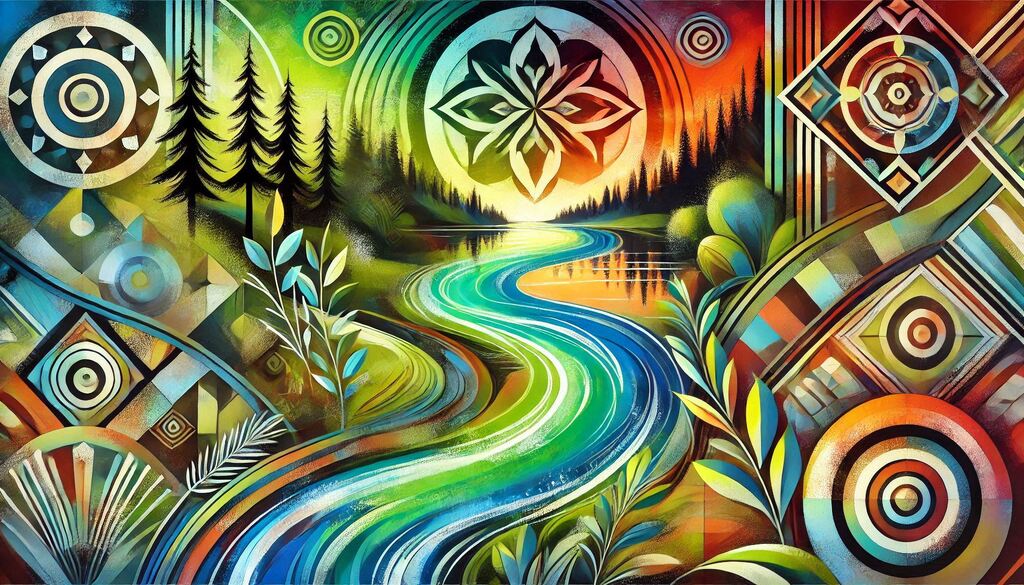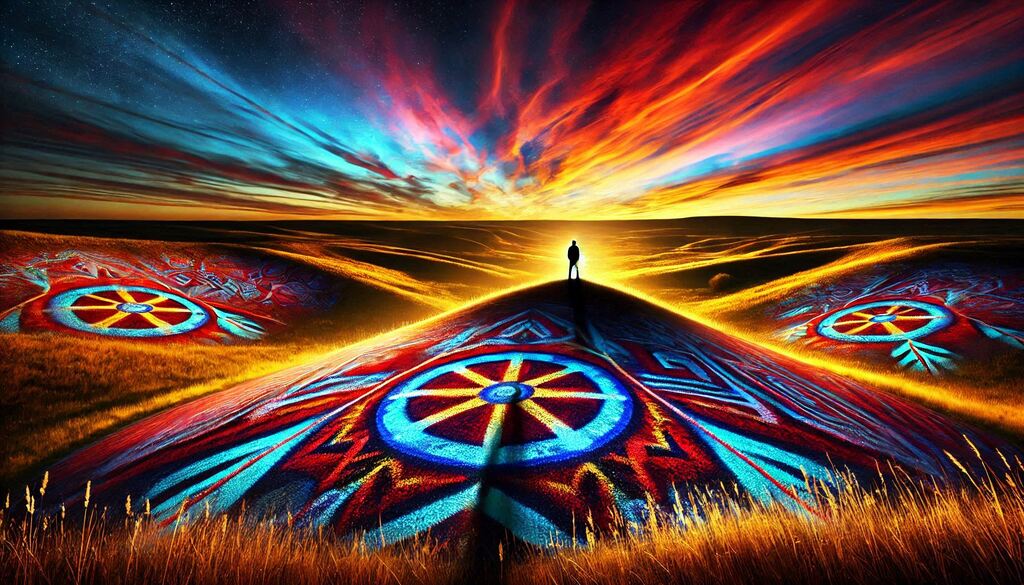The phrase “Omaha Seeya Wahyala” might evoke curiosity for many, as its unique composition carries both cultural and linguistic significance. Rooted in traditions that blend linguistic history, cultural expressions, and evolving meanings, it invites exploration into its origins, interpretations, and usage. Whether it pertains to a cultural expression, a local phrase, or a deeper historical context, Omaha Seeya Wahyala is a term that captivates interest and encourages discovery.
Unpacking the Origins of Omaha Seeya Wahyala
To fully understand Omaha Seeya Wahyala, we need to start with its roots. The term “Omaha” is immediately recognizable as the name of a major city in Nebraska, United States. However, it also refers to the Omaha people, a Native American tribe with a rich cultural heritage. The name itself originates from the Omaha language, where it roughly translates to “those going against the wind or current.” This gives the term an inherent sense of resilience and movement, which resonates deeply with the Omaha people’s history and identity.

“Seeya Wahyala,” on the other hand, presents a more enigmatic aspect of the phrase. It could potentially be connected to another linguistic or cultural framework, though its precise roots might be less well-documented. The blending of these terms suggests either a poetic creation, a layered cultural expression, or perhaps even a symbolic phrase that bridges multiple traditions. Regardless, its uniqueness invites us to dig deeper into how such combinations come to exist and evolve over time.
Also Read : Prime focus magazine
The Linguistic Tapestry Behind the Phrase
Language is a living, breathing entity that evolves as communities interact and grow. Omaha Seeya Wahyala may represent a linguistic tapestry that reflects cultural exchange or innovation. The Omaha language, part of the Siouan language family, is already noted for its complexity and richness. Words and phrases from this language have frequently blended with other languages over time, particularly as the Omaha people interacted with European settlers and neighboring tribes.

“Seeya Wahyala” could be an adaptation or evolution of words from different origins, reflecting either a modern or historical synthesis. Such blending is not uncommon in many cultures, where languages adapt to changing environments, migrations, or even artistic endeavors. By examining such expressions, we see how languages act as vessels for shared human experience, embedding stories, values, and histories within phrases like Omaha Seeya Wahyala.
Also follow : Prime Time Magazine
Omaha Seeya Wahyala as a Symbol of Identity
The phrase Omaha Seeya Wahyala may also serve as a metaphorical representation of identity, community, or shared cultural values. The Omaha tribe, known for their strong sense of heritage and connection to nature, have long emphasized the importance of respecting tradition while adapting to modern challenges. This duality—of honoring the past while navigating the present—is a theme that may resonate within the phrase itself.
In modern contexts, such phrases often find new life as slogans, artistic expressions, or even names for projects that aim to embody resilience and innovation. For example, Omaha Seeya Wahyala could easily serve as the title of a literary work, a musical composition, or even a cultural initiative that bridges traditional values with contemporary aspirations.
Potential Interpretations and Uses in Modern Times
Beyond its historical and cultural roots, Omaha Seeya Wahyala holds potential as a phrase with symbolic meaning in today’s world. Its poetic cadence makes it memorable, while its layered meaning encourages interpretation. Such phrases often become rallying points for communities, representing values such as unity, progress, or respect for heritage.
In a globalized world, phrases like Omaha Seeya Wahyala might be used to promote cultural awareness or as a unifying symbol for initiatives that celebrate diversity and collaboration. Whether used in art, literature, or community-building efforts, it carries a sense of both mystery and purpose, inviting individuals to connect with its deeper meaning.
Omaha Seeya Wahyala stands as a testament to the beauty of linguistic creativity and cultural preservation. It is a reminder that even in a fast-paced world, language and tradition remain critical to understanding who we are and where we come from. By exploring phrases like Omaha Seeya Wahyala, we not only enrich our knowledge of history but also find ways to apply these lessons in our modern lives. This phrase encourages us to remain rooted in our heritage while embracing progress and innovation. Its layered meaning and cultural significance make it a phrase that inspires deeper connections and ongoing exploration.
The Broader Impact of Cultural Expressions
Expressions like Omaha Seeya Wahyala remind us of the power of language and culture to shape our understanding of the world. They serve as gateways to stories that might otherwise remain untold, connecting us to people and histories that enrich our collective human experience.

In examining such phrases, we also gain insight into the ways in which language evolves, adapts, and thrives in various contexts. Whether it’s a term rooted in tribal heritage or a modern creation inspired by traditional elements, Omaha Seeya Wahyala underscores the importance of preserving and celebrating linguistic diversity.
Omaha Seeya Wahyala: An Invitation to Explore
Ultimately, Omaha Seeya Wahyala is more than just a phrase; it’s an invitation to explore the intersections of language, culture, and history. Its unique composition sparks curiosity, encouraging us to delve into the stories, traditions, and meanings that lie beneath its surface. In doing so, we not only gain a deeper appreciation for the phrase itself but also for the broader tapestry of human expression that it represents.
As we continue to uncover and celebrate such cultural gems, phrases like Omaha Seeya Wahyala serve as reminders of the richness and complexity of our shared world. They encourage us to listen, learn, and connect with the stories that define us, weaving a narrative that is as diverse and dynamic as the languages and cultures that shape it.











